Optimal Timing for Foundation Repairs
Foundation repairs are critical for maintaining structural integrity and preventing further damage to a property. Timing plays an essential role in ensuring the effectiveness and longevity of repairs. Understanding seasonal and environmental factors can help determine the optimal time to undertake foundation work.
Spring offers moderate temperatures and soil conditions that are conducive to foundation repairs. Soil moisture levels are typically ideal, reducing the risk of further shifting during repair processes.
Summer provides longer daylight hours, allowing for extended work periods. However, high temperatures and dry soil conditions can complicate some repair methods.
Fall generally presents cooler temperatures and increased soil moisture, which can facilitate certain types of foundation repairs. It is often considered a favorable season for scheduling repairs.
Winter is usually less ideal due to freezing temperatures and frozen ground conditions. Repairs during this time may be delayed or require special precautions.
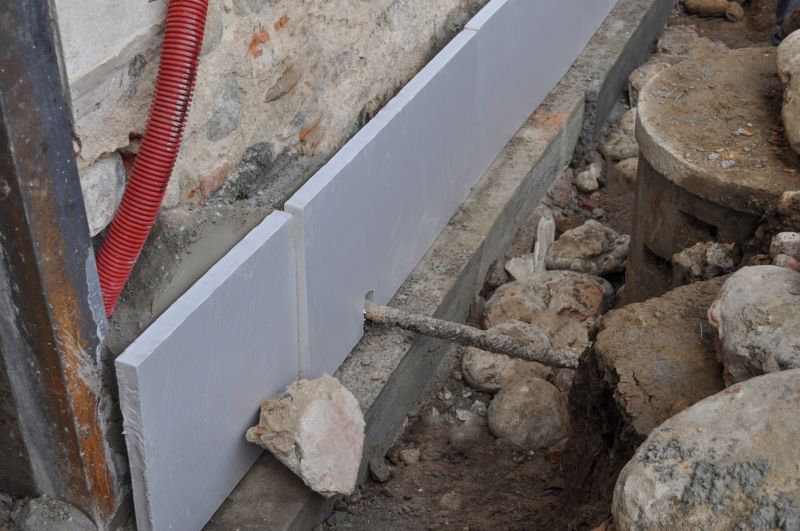
A contractor performing underpinning work on a residential foundation.
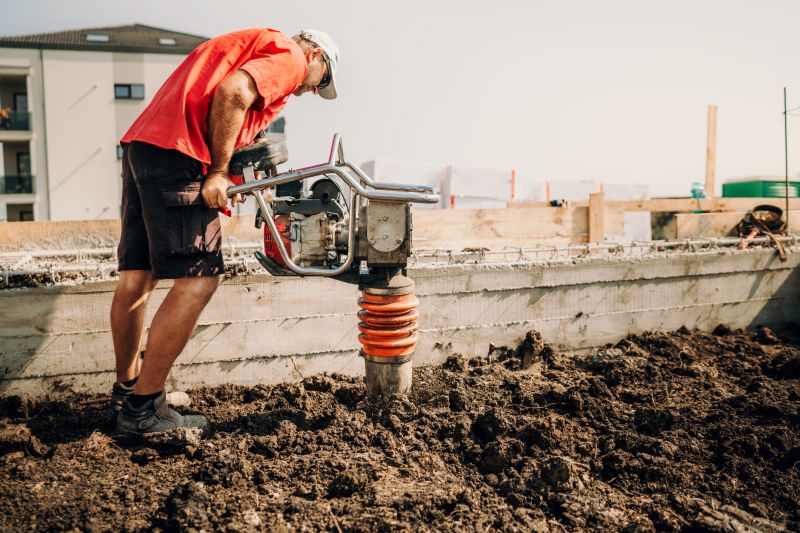
Equipment used to improve soil stability before repairs.
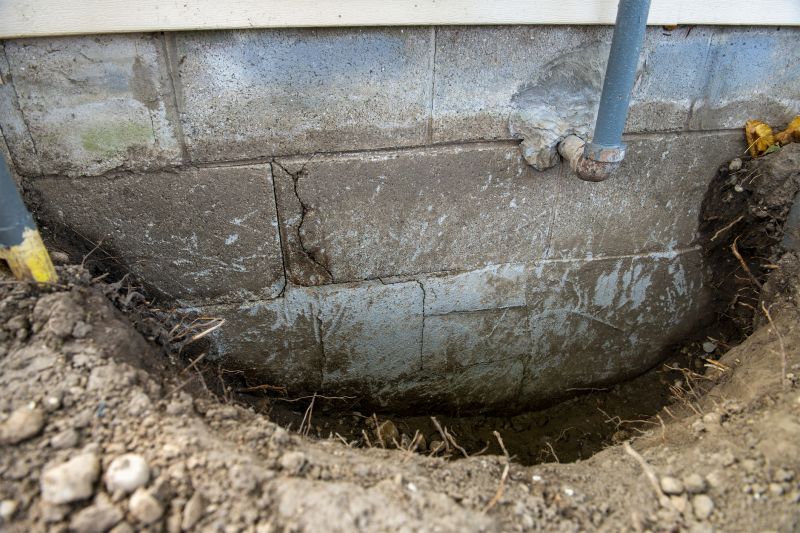
Sealing and reinforcing cracks in a basement wall.

Adjusting and reinforcing pier supports.
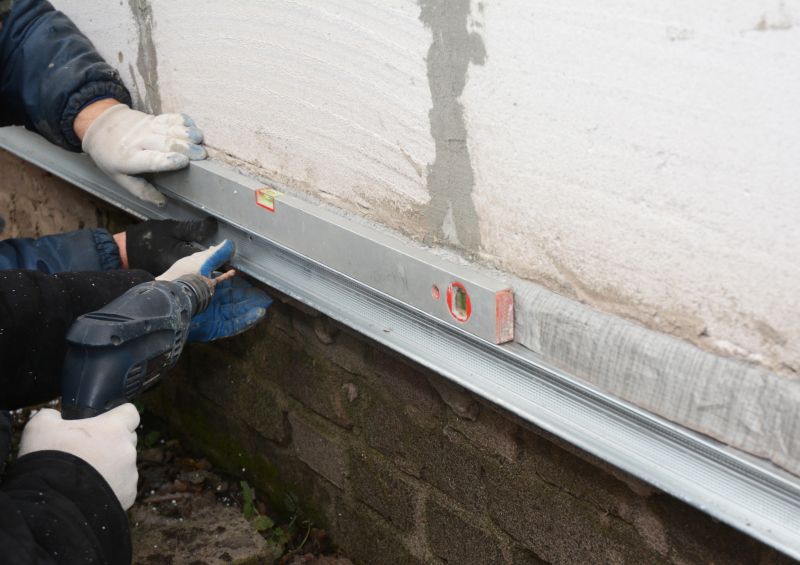
Tools used to lift and level a settling foundation.
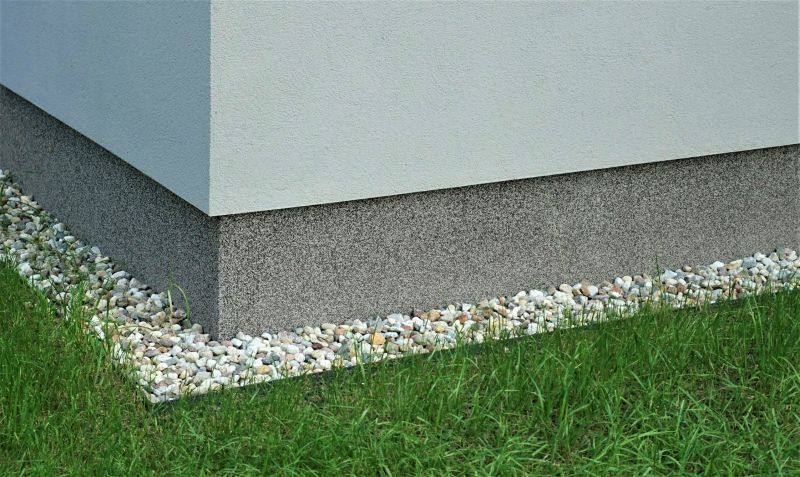
Installing proper drainage to prevent soil erosion around the foundation.
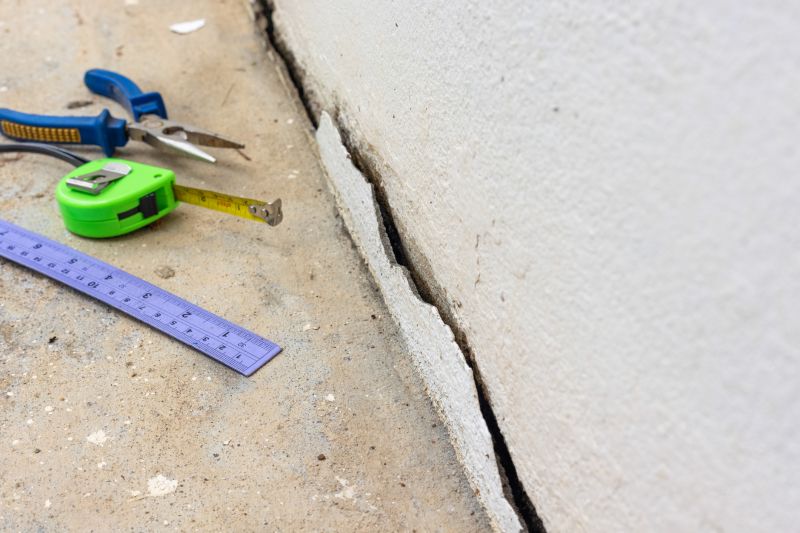
Visual assessment of foundation issues by an expert.

Comparison images showing foundation stabilization results.
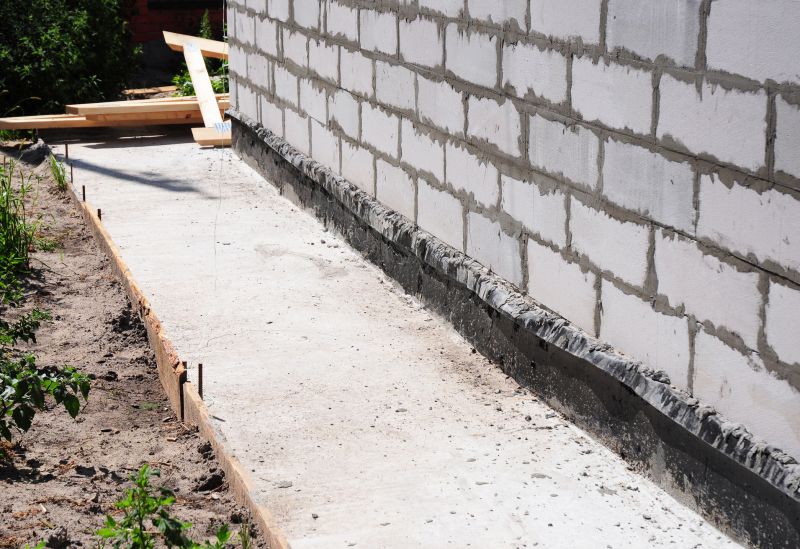
High-quality materials used for foundation stabilization.
| Season | Ideal Conditions |
|---|---|
| Spring | Moderate soil moisture, mild temperatures |
| Summer | Longer work hours, watch for high heat |
| Fall | Cooler temperatures, increased soil moisture |
| Winter | Frozen ground, potential delays |
| General | Soil type and weather patterns are key factors |
Foundation repairs involve various techniques such as underpinning, pier installation, and crack sealing. Proper timing ensures that soil conditions are optimal, reducing the risk of future movement or damage. Seasonal considerations, soil moisture levels, and weather patterns are all vital factors to evaluate before scheduling repairs.
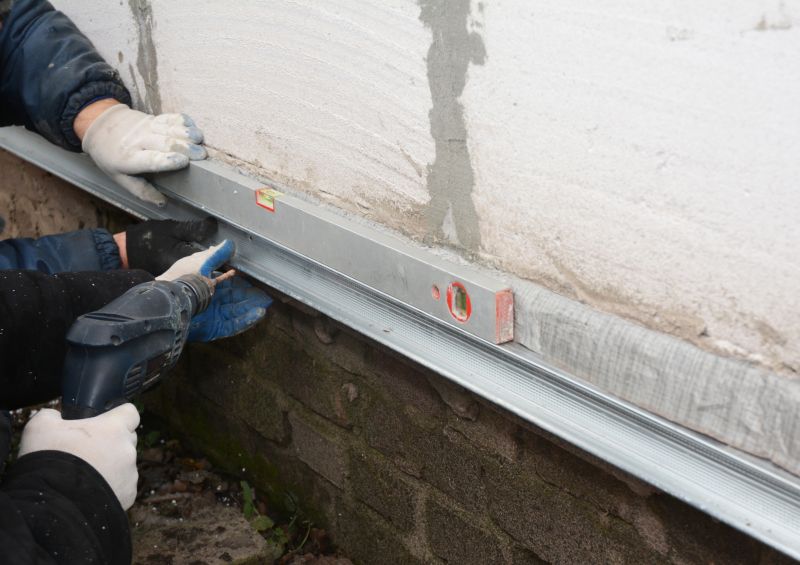
Supporting a sagging foundation with new piers.
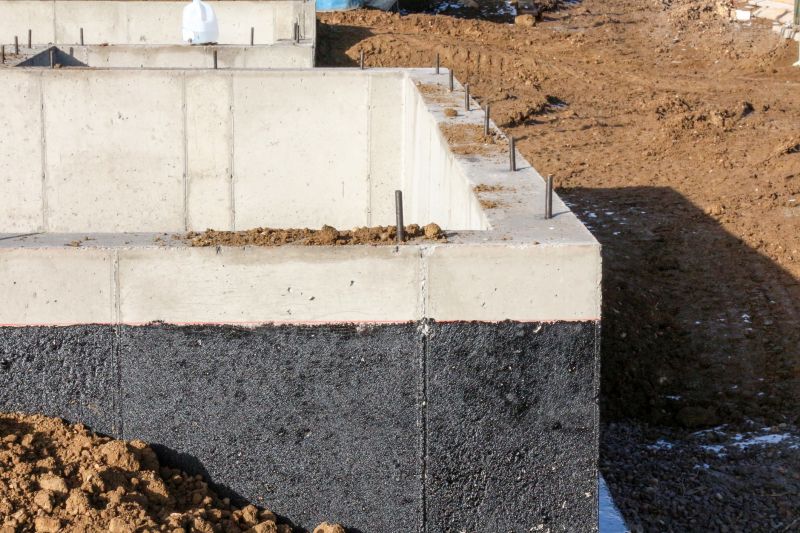
Testing soil conditions before starting repairs.
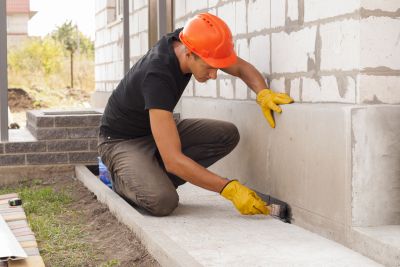
Sealing foundation cracks to prevent water intrusion.
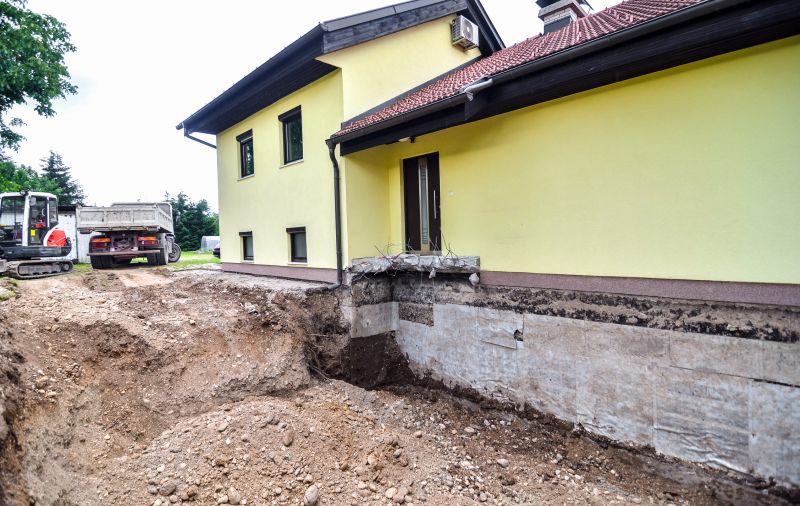
Completed work stabilizing a shifting foundation.
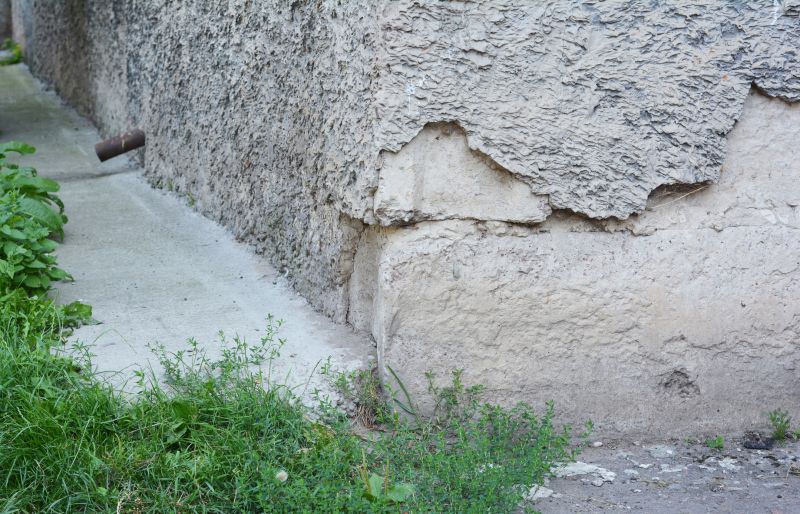
Ways to make Foundation Repairs work in tight or awkward layouts.

Popular materials for Foundation Repairs and why they hold up over time.
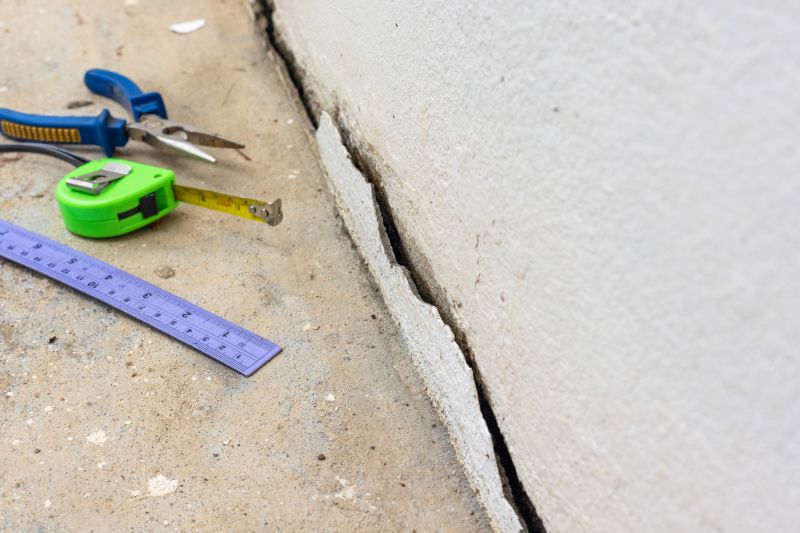
Simple add-ons that improve Foundation Repairs without blowing the budget.
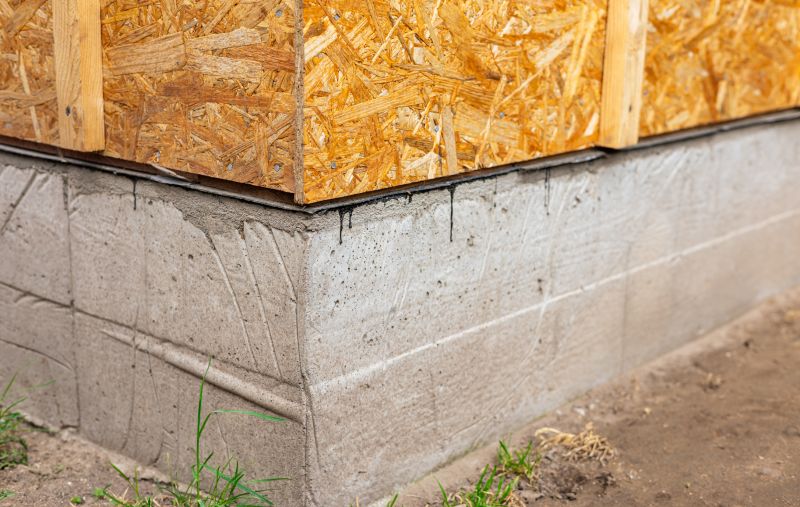
High-end options that actually feel worth it for Foundation Repairs.
Choosing the right time for foundation repairs can prevent additional issues and extend the lifespan of the structure. Consulting with foundation specialists can help identify the most suitable season based on local climate and soil conditions.
Interested in foundation repair services? Fill out the contact form to get more information about scheduling and options.

